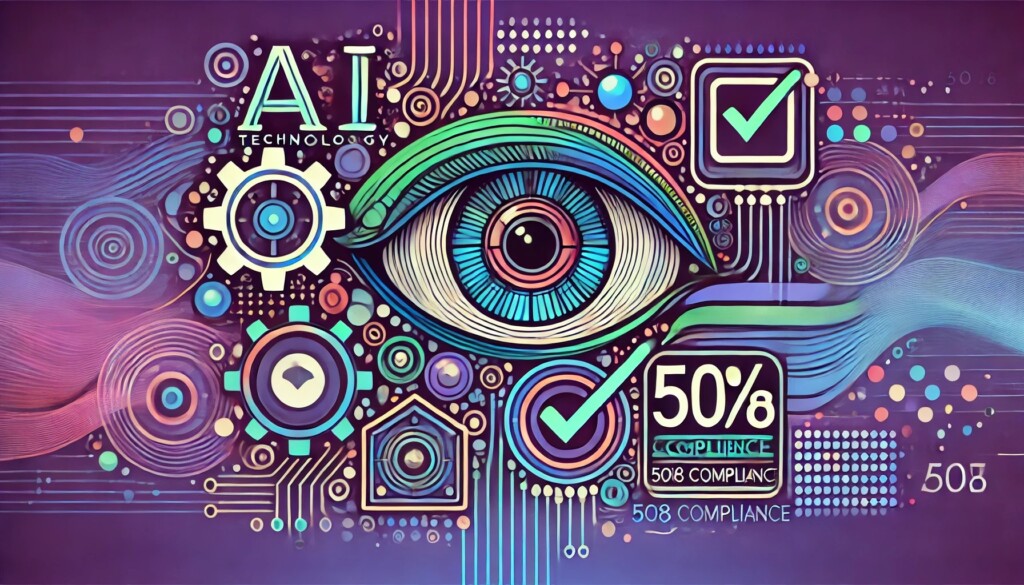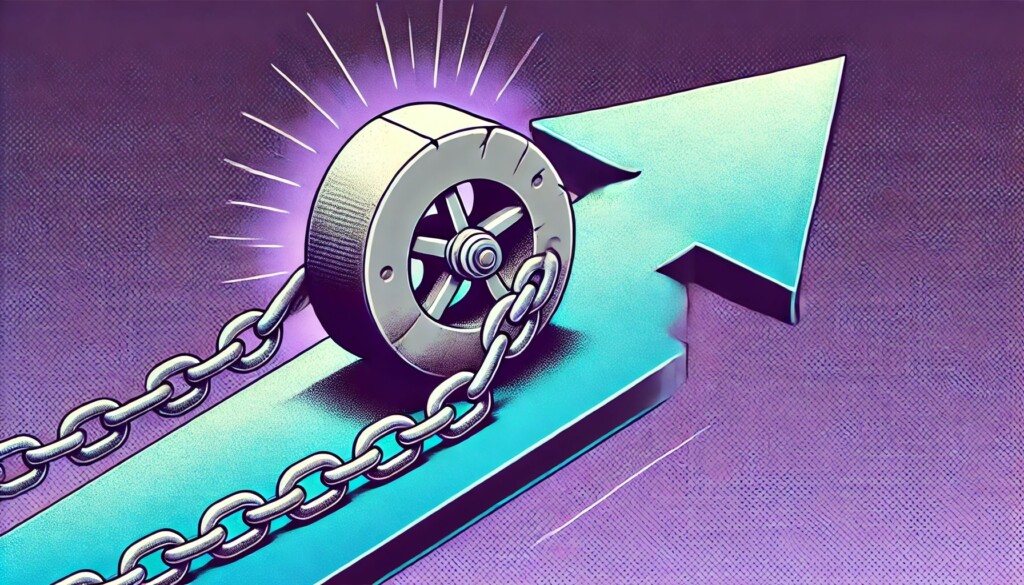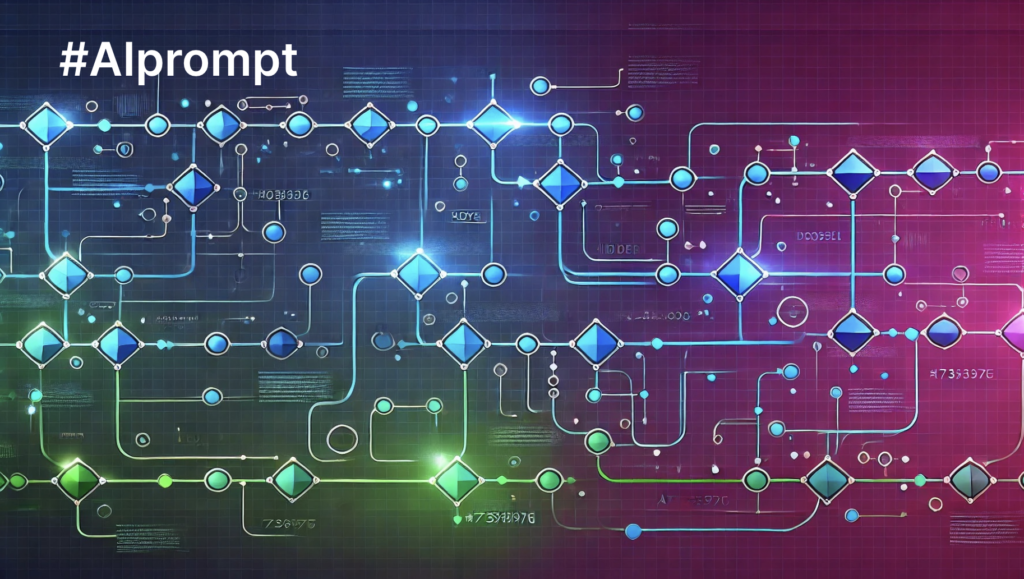
GPT means that BA is the new superpower
Written by Ian Gotts
GPT powers your Salesforce Org
Salesforce has announced the release of the first of the GPT apps that help you achieve better results with your customer data. They aim to improve various aspects, like crafting more effective sales emails, providing better responses to service inquiries, and creating more engaging marketing campaigns. This is part of a wider suite of capabilities; SalesGPT, ServiceGPT, MarketingGPT, and Tableau GPT. An importantly they are making the Einstein AI Trust Layer available to independent software vendors (ISVs) that also offering GPT-enabled applications.
To successfully leveraging GPT, it’s crucial to have confidence in the quality and governance of the source data. GPT has the potential to transform your organization, making it more agile and responsive. As GPT capabilities continue to evolve, you may need to adapt and make more frequent changes to your organization.
So it is fantastic that GPT is also enabling you to speed up makes changes to Salesforce. You can map processes, create user stories, recommend solutions, and develop code and XML for declarative changes. While Salesforce offers some of these capabilities like Prompt Studio, FlowGPT, and ApexGPT, the ISVs are leading the way in the Change Intelligence Platform space with ElementsGPT, and in DevOps with Metazoa and Copado.
Same role, new skills
There’s been some talk about a new role called “Prompt Engineer,” but it’s becoming evident that this is a skillset that everyone should possess. Instead of having specific roles only for working with GPT (like Prompt Engineer), there’s a broader set of skills that various roles in the ecosystem will need to excel in. These skills go beyond just GPT-related abilities, because GPT is an enabling technology, not just a narrow set of features. To better understand this, think of GPT as analogous to “the internet.” Initially, the internet was only used for messaging, then it evolved to create websites (essentially brochures on the web), and now it permeates every aspect of our lives. Back in the early days of the internet, there may have been beginner guides like “Internet for Dummies,” but today, it’s laughable to consider “learning the internet” as a separate skill.
Prompting GPT is rather like talking to the computer in Star Trek. The video below is from the film Galaxy Quest, a spoof of Star Trek, released in 1999.
No matter what your role in the team that enhances and maintains Salesforce – Admin, Business Analyst, Architect, Developer, Platform Owner – we all need to master a new set of skills, even though they sound like they are specialized roles. For example, it’s essential for everyone involved to have some level of architecture skills, not just those with the “architect” title. This means having an appreciation of architectural principles and the ability to understand and interpret documentation related to the Salesforce system.
Architecture
Salesforce has become a crucial enterprise application that plays a strategic role in the overall IT landscape. Making any changes to Salesforce can have far-reaching effects because data flows in and out of it, and other systems rely on this data. In addition, there are GPT enabled apps across the IT system that utilize this data to make decisions.
Now, it’s no longer possible to make changes to Salesforce without considering the bigger picture. Our actions could potentially trigger significant problems downstream, affecting other interconnected systems. To avoid such issues, it’s crucial to grasp the architecture and comprehend how to document it properly.
Thankfully, Salesforce has established documentation standards known as “Salesforce Diagrams” and “Well Architected” resources. By following these guidelines, we can better understand the implications of our actions and ensure that any changes made align with the overall system architecture, preventing adverse consequences down the line.
Business Analysis
There was already a trend where business analysis was becoming more important. ThIs was driven by the increasingly strategic nature of Salesforce. No longer is it a siloed app where tactical changes can be made at the request of the end users. It is a core platform, tightly connected to other enterprise systems. Changes need to be planned and thought of in the context of a roadmap. This requires strong business analysis skills to uncover and validate the requests for changes.
Some of the business analysis outputs can now be created automatically by GPT, saving hours of effort. ElementsGPT can write user stories with acceptance criteria test scripts from business processes. It can then recommend solutions. So business analysis has gone from important to critical. But it must be really rigorous analysis. Garbage in = garbage out. The fuel for AI is business analysis documentation. This means the ability to work with users and map out their business processes using the Salesforce UPN (Universal Process Notation) format.
Here is GPT auto-generating a process diagram.
And, whilst GPT can write User Stories – with acceptance criteria – for you, you still need to be able to validate and update them where needed. And then GPT can also look at your systems configuration and then suggest solutions to satisfy the user story acceptance criteria.
Data Governance
Data is the fuel for AI. However, if the data used by the business is not of good quality and cannot be trusted, the power of GPT diminishes. Even worse, it might end up making poor decisions on behalf of the business, but at a faster pace. To address this, data governance comes into play.
Data governance involves several essential steps. First, it requires understanding the underlying data model, comprehending how data flows, and tracking its sources. Next, it involves using tools to clean and maintain the data’s accuracy. Once these practices are in place, data governance ensures that the data remains consistent and reliable over time.
Drawing an Entity Relationship Diagram (ERD) is a core skill in this context. Data flows into the Salesforce platform from various sources, such as user input, imports, automation, or external integrations. This data might be further manipulated through automation or Apex code before it enters the Data Cloud, where it gets harmonized with other data sources. Analyzing this data flow is crucial, and apps like Elements.cloud can be helpful for this purpose.
Once you understand your data architecture, you can establish appropriate data governance practices. It’s essential to master data import and data cleansing tools like Validity, as they play a significant role in supporting your data governance efforts. By utilizing these tools effectively, you ensure that the data feeding AI systems like GPT is accurate, reliable, and conducive to making informed decisions.
Documentation
Many people are reluctant to document the changes they make, often arguing that there isn’t enough time for it. However, we have always known that neglecting documentation is a false economy. The absence of proper documentation leads to longer-term impacts and greater risks for subsequent changes. Without detailed analysis, changes are made that end up breaking the organization’s processes.
A survey of 1200 organizational issues revealed that a lack of documentation was the third most common root cause of problems, trailing just behind issues related to business analysis and architecture.
But now, with the integration of AI, documentation is becoming increasingly valuable as it contributes to significant boosts in productivity. For instance, tasks like writing user stories and developing solutions, which might have taken 8 hours, can now be accomplished in just 5 minutes using ElementsGPT. What’s more, the results obtained through AI-generated documentation often outperform what the team could come up with on their own. However, for AI like GPT to be truly effective, it requires adherence to specific standards.
Documentation is a vital deliverable stemming from business analysis efforts. Therefore, it is essential to master documentation standards such as UPN, MDD, Salesforce Diagrams, and User Stories. By following these standards, we can harness the full potential of AI to drive efficiency and excellence in our work processes.
Not a future state
Exciting? Well, this future we’ve been talking about isn’t just a distant dream; it’s already here and utilized by customers and partners in production organizations. Let me show you a brief demo of ElementsGPT, the Change Intelligence Platform that harnesses the power of AI. Although it’s currently in a closed pilot, it will be available for everyone before DF23. Brace yourself, as this 3-minute and 30-second video might be the most thrilling or even the scariest thing you’ll see this week.
The ElementsGPT is the Change Intelligence Platform that combines automatically generated and manually created change documentation. This documentation is crucial during the idea, analysis, and design phases of any change process. Moreover, it seamlessly integrates with ticketing and DevOps tools during the build phase and provides support for testing. After a release, it even offers in-app help for training and measures the adoption of the changes.
The content provided by Elements includes various essential elements, such as feedback, requirements, brainstorming, process maps, architecture diagrams, Entity-Relationship Diagrams (ERDs), organizational and application metadata dictionaries with impact and dependency analysis, and user stories grouped by release. All of these elements work together to streamline the change process and ensure a smooth transition, making ElementsGPT a powerful and efficient tool.
Sign up for
our newsletter
Subscribe to our newsletter to stay up-to-date with cutting-edge industry insights and timely product updates.

Ian Gotts
Founder & CEO7 minute read
Published: 26th July 2023






